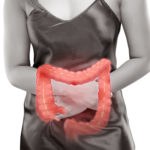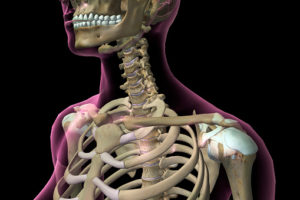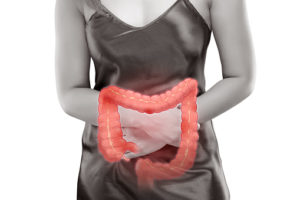If you are experiencing prolonged abdominal pain, it is probably a good idea to be checked out to see what is causing it. This type of pain could be something serious. Diverticulitis is a disease affecting the intestinal tract, usually the colon. When tiny pouches are formed in the lining of the intestine they are called diverticula and when they become inflamed it is called diverticulitis.
There are several risk factors that can cause diverticulitis to occur. Age and a diet that is high in fat and low in fiber factor since it affects people more frequently who are over the age of 40. Other risk factors include obesity, a history of smoking and not exercising.
Symptoms of diverticulitis include:
• Loss of appetite
• Fever
• Abdominal cramps
• Upset stomach
• Bloating
Diverticulitis can be diagnosed through a CT scan testing the blood and urine and examining the stool for blood.
Treating diverticulitis is dependent on its severity. In mild cases it may suffice to adopt a bland diet, drink lots of fluids, and to take an antibiotic. Once the condition has healed, adding fiber to the diet will be beneficial to keeping the intestines functioning properly. In more severe cases, surgery may have to be performed.
If you are experiencing signs and symptoms of diverticulitis and would like to schedule an appointment with a physician at Flushing Hospital, please call 718-670-5486.
All content of this newsletter is intended for general information purposes only and is not intended or implied to be a substitute for professional medical advice, diagnosis or treatment. Please consult a medical professional before adopting any of the suggestions on this page. You must never disregard professional medical advice or delay seeking medical treatment based upon any content of this newsletter. PROMPTLY CONSULT YOUR PHYSICIAN OR CALL 911 IF YOU BELIEVE YOU HAVE A MEDICAL EMERGENCY.










